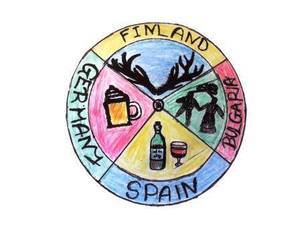Part of the etwinning project Culture Compass - quiz questions and solutions prepared by Secondary l school students from Germany and made for partners in Spain, Finland and Bulgaria
Pinned to
160
0
0
No tags specified

|
Created by Culture Compass Friends
almost 6 years ago
|
|
Rate this resource by clicking on the stars below:




 (0)
(0)
Ratings (0)
| 0 | ||
| 0 | ||
| 0 | ||
| 0 | ||
| 0 |
0 comments
There are no comments, be the first and leave one below:
Close

 Please wait - loading…
Please wait - loading…